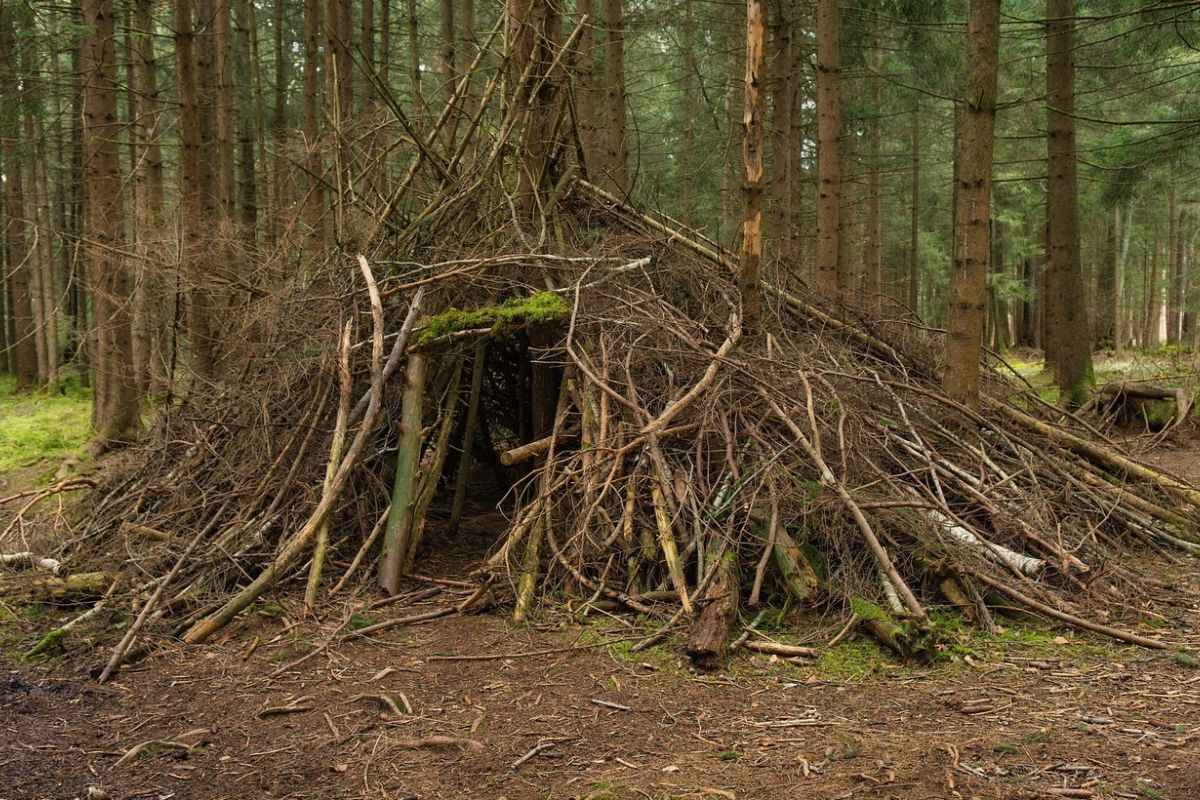Secret Harvestman Hideouts In Forest Debris

Have you ever wondered where harvestmen hide in the forest? These eight-legged creatures, often mistaken for spiders, have some clever hiding spots. You might think they just hang out on tree trunks or leaves, but they prefer more hidden places. Forest debris like fallen leaves, logs, and rocks provide perfect cover. This debris not only offers protection from predators but also keeps them moist, which is crucial for their survival. Next time you walk through a forest, take a closer look at the ground. You might just spot one of these secretive creatures in their natural habitat.
Secret Harvestman Hideouts in Forest Debris
Harvestmen, often mistaken for spiders, are fascinating creatures. They love hiding in forest debris, making them tricky to spot. Let’s uncover some of their favorite hideouts.
Under Fallen Leaves
Fallen leaves create a perfect camouflage for harvestmen. They blend in seamlessly, making it hard to distinguish them from the leaf litter.
- Leaf Piles: Large piles of leaves provide ample hiding spots and protection from predators.
- Single Leaves: Even a single leaf can offer enough cover for a small harvestman.
- Decomposing Leaves: As leaves break down, they create tiny crevices where harvestmen can hide.
Inside Rotting Logs
Rotting logs are like miniature ecosystems. They offer food, moisture, and shelter, making them ideal for harvestmen.
- Log Cracks: Cracks in logs are perfect for slipping into and staying hidden.
- Under Bark: Loose bark on rotting logs provides a snug hiding place.
- Log Hollows: Hollow sections of logs offer a more spacious retreat.
Beneath Rocks
Rocks in the forest provide excellent cover. Harvestmen can easily hide underneath, safe from predators and harsh weather.
- Flat Rocks: Flat rocks lying on the forest floor are easy to lift and hide under.
- Rock Piles: Piles of rocks create multiple hiding spots.
- Crevices: Small crevices between rocks are perfect for squeezing into.
Among Moss and Lichen
Moss and lichen not only provide moisture but also excellent camouflage. Harvestmen can blend in and stay hidden from sight.
- Moss Patches: Thick patches of moss offer a soft, moist hiding place.
- Lichen-Covered Rocks: Rocks covered in lichen provide both food and shelter.
- Tree Trunks: Moss and lichen growing on tree trunks create vertical hiding spots.
In Leaf Litter
Leaf litter on the forest floor is a treasure trove of hiding spots. It offers a mix of cover and food sources.
- Shallow Litter: Even a thin layer of leaf litter can conceal a harvestman.
- Deep Litter: Deeper layers provide more extensive hiding places.
- Mixed Debris: Areas with a mix of leaves, twigs, and other debris offer diverse hiding options.
Underneath Twigs and Branches
Twigs and branches scattered on the forest floor create numerous nooks and crannies. Harvestmen can easily find shelter here.
- Small Twigs: Even small twigs can provide enough cover.
- Branch Piles: Piles of branches create a complex network of hiding spots.
- Broken Branches: Broken branches with hollow sections offer additional shelter.
Within Forest Floor Holes
Holes in the forest floor, whether made by animals or natural processes, offer excellent hiding places for harvestmen.
- Animal Burrows: Abandoned burrows provide ready-made shelters.
- Natural Holes: Holes formed by roots or erosion are perfect for hiding.
- Tree Root Cavities: Cavities around tree roots offer both cover and moisture.
Discovering Hidden Worlds in Forest Debris
Exploring secret harvestman hideouts in forest debris reveals a fascinating world. These tiny creatures thrive in leaf litter, fallen logs, and under rocks. Their unique habitats provide shelter and food, making them essential for forest ecosystems. By understanding where harvestmen live, we can better appreciate their role in nature.
Next time you hike through a forest, take a moment to look closer at the ground. You might spot these intriguing arachnids hiding in plain sight. Observing their behavior and habitats can be a fun and educational experience.
Remember, protecting forest debris is crucial for maintaining biodiversity. Simple actions like leaving fallen leaves and logs undisturbed can help preserve these hidden worlds. So, keep an eye out for harvestmen and other small creatures on your next outdoor adventure. They play a vital role in keeping our forests healthy and vibrant.

